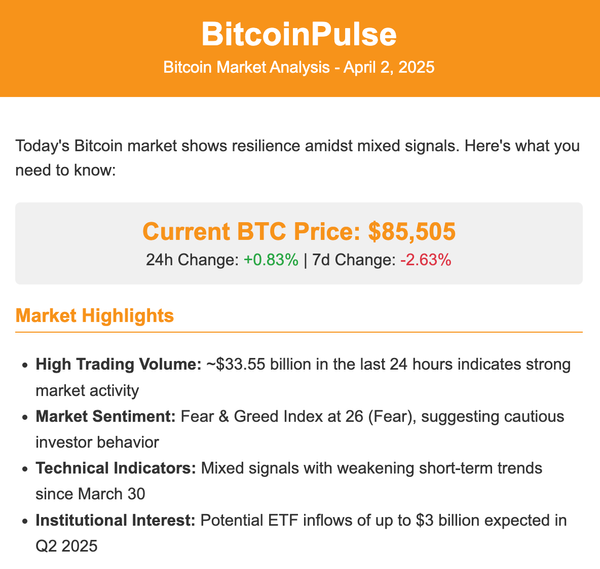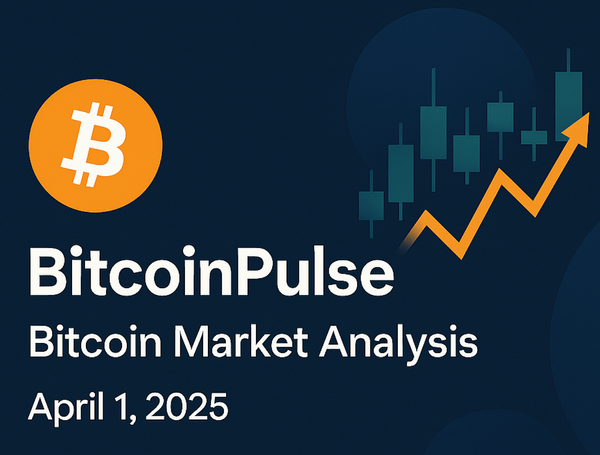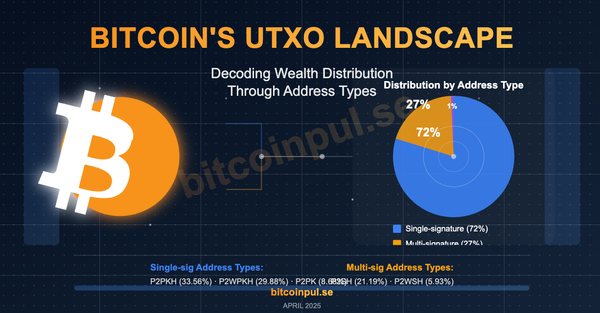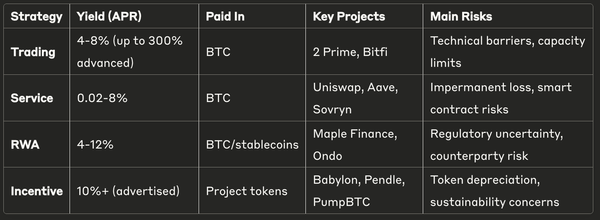Decoding HODL Waves: The Relationship Between Bitcoin Holder Behavior and Price Movement
In the Bitcoin market, understanding holder behavior is crucial for predicting price movements. HODL Waves, a unique on-chain indicator, provides an unprecedented perspective for analyzing these behavior patterns. This article will delve into the meaning of HODL Waves, the current market situation, and how you can use this powerful tool to optimize your investment decisions.
Why HODL Waves Matter
- Identifying "Smart Money": Research shows investors holding for over a year tend to buy at market lows and sell at highs
- Market Sentiment Barometer: Changes in short-term holding bands reflect market heat and new investor entry
- Predicting Cycle Transitions: Historical data shows holding pattern changes often precede major price turning points
Current Market Status: March 2025 Coin Distribution Analysis
As of March 17, 2025, our latest data shows approximately 55% of Bitcoin has been held for more than a year, revealing deep market signals:
| Holding Period | Percentage (%) | Market Significance |
|---|---|---|
| Less than 1 week | 10% | Trading activity indicator |
| 1 week to 1 month | 15% | Short-term speculation sentiment |
| 1 to 3 months | 20% | Recently entered capital |
| 3 to 6 months | 15% | Medium-term investor behavior |
| 6 months to 1 year | 10% | Semi-annual holding pattern |
| 1 to 2 years | 15% | Cyclical investors |
| 2 to 3 years | 10% | Long-term believers |
| 3 to 5 years | 5% | Steadfast holders |
| Over 5 years | 5% | "Diamond hands" investors |
Key Finding: More than half of all Bitcoin hasn't moved in the past year, indicating high confidence among long-term holders. Meanwhile, Bitcoin active within the last 3 months accounts for 45%, showing relatively active recent market trading.
Historical Perspective: HODL Patterns and Bull/Bear Cycles
By analyzing HODL Waves patterns during the past three major bull markets, we've discovered remarkable regularities:
2013 Bull Market ($13 → $1,242)
As prices began to rise, short-term holding bands (1-3 months) significantly expanded while long-term holding bands (1+ years) contracted, indicating early holders taking profits. Before the market peaked, new short-term bands reached their maximum, becoming a harbinger of an imminent market reversal.
2017 Bull Market ($900 → $19,783)
Following a similar pattern but with more dramatic band changes. As prices broke $10,000, short-term bands expanded more rapidly and long-term bands noticeably contracted, showing large-scale profit-taking by long-term holders.
2021 Bull Market ($29,000 → $69,000)
With institutional investors joining, HODL patterns showed new characteristics. Despite record-high prices, long-term holding bands (1+ years) remained relatively stable until prices exceeded $60,000, when they began to decrease significantly.
Investment Strategy: How to Optimize Decisions Using HODL Waves
Identifying Optimal Entry Points
- Increase in long-term bands (1+ years): Indicates market accumulation, typically in early bull market stages
- High short-term bands during market bottoms: May signal selling pressure is ending, creating ideal entry points
- Long-term holding percentage exceeding 65%: Historically often a "oversold" signal, presenting excellent opportunities for value investors
Determining Best Exit Times
- Sudden expansion of short-term bands (under 3 months): Rapid entry of new investors, potentially signaling an approaching market peak
- Significant contraction of long-term bands (1+ years): Indicates profit-taking by long-term holders, usually occurring in late bull markets
- Short-term bands exceeding 60%: Historically coincides with price peaks, suitable for phased position reduction
Conclusion and Outlook
HODL Waves not only reveal market participant behavior patterns but also provide objective data support for investment decisions. The current 55% long-term holding rate suggests that despite recent market activity, core investors maintain confidence, potentially indicating the market is still in an accumulation phase or early bull market.
However, investment decisions shouldn't rely solely on a single indicator. Combining HODL Waves with other on-chain indicators and fundamental analysis creates a comprehensive market perspective.



